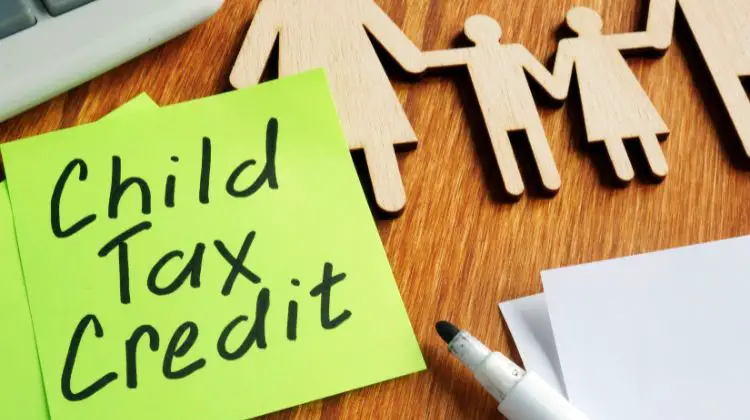In a landscape where student loan debt is a pressing issue for millions, the Biden administration has taken a significant step forward. A new student loan forgiveness plan, crafted under the Higher Education Act (HEA), promises to bring relief to numerous borrowers. This blog post delves into the intricacies of this plan, its eligibility criteria, and what it means for borrowers across the United States.
The Legal Framework: Higher Education Act (HEA)
The new plan operates under the HEA’s “compromise and settlement” authority. Historically, this authority was used for individual settlements of defaulted federal student loans or to resolve litigation against the Education Department. However, the Biden administration is leveraging this to enact broader student debt relief. Critics argue that this interpretation of the HEA might be too expansive, but officials are hopeful it will withstand legal scrutiny, unlike the previous initiative struck down by the Supreme Court.
Targeted Relief: Who Benefits?
The plan focuses on five categories of borrowers, offering up to $10,000 or $20,000 in loan forgiveness under specific conditions:
- Up to $10,000 Forgiveness: Borrowers whose current loan balance exceeds their initial borrowed amount (due to interest, capitalization, forbearances, or default fees) could be eligible for up to $10,000 in forgiveness.
- Up to $20,000 for SAVE Enrollees: Those enrolled in the new SAVE income-driven repayment plan may receive up to $20,000 in loan forgiveness.
- Additional Relief for Low-Income Borrowers: Borrowers in an Income-Driven Repayment (IDR) plan, earning less than 225% of the Federal Poverty Guideline, could also be eligible for up to $20,000 in forgiveness.
Eligibility Criteria for Full Balance Forgiveness
The draft regulations outline scenarios for full loan forgiveness, including:
- Borrowers with only undergraduate loans in repayment for 20 years.
- Borrowers with other federal student loans in repayment for 25 years.
- Qualifying borrowers under existing forgiveness programs.
- Former students of institutions that engaged in misconduct or failed to deliver sufficient financial value.
The Road Ahead: Negotiated Rulemaking and Implementation
The plan’s details are currently in the negotiation phase, with stakeholders convening to discuss and reach consensus on the draft regulations. These discussions will also consider loan forgiveness for borrowers facing financial hardship. While the plan may not be active until 2025, there’s a possibility for earlier implementation in 2024 using HEA authority.
Student Loan Refinancing: An Alternative Path
As we await the finalization and implementation of this plan, borrowers should explore all options, including student loan refinancing. Refinancing can offer lower interest rates and potentially reduce the overall loan cost. However, it’s essential to consider that refinancing federal student loans with a private lender means losing federal benefits, such as potential forgiveness and income-driven repayment plans.
Save Thousands on Your Student Loans >> Get Started
Conclusion: A Step Forward in Tackling Student Debt
Biden’s new student loan forgiveness plan represents a significant step in addressing the student debt crisis. While it aims to provide targeted relief, borrowers should stay informed about the plan’s progress and explore all available options, including refinancing, to manage their student loans effectively.








Reader Interactions